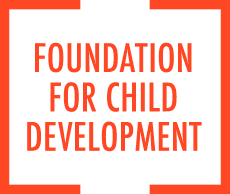https://www.fcd-us.org/pre-kindergarten-to-third-grade-pk-3-school-based-resources-and-third-grade-outcomes/
Using data from the 2005 Early Childhood Longitudinal Study Kindergarten Cohort (ECLS-K), this research brief from Child Trends, identifies three elements of elementary school environments - strong principal leadership, high academic standards, and frequent teacher meetings to plan instruction - associated with higher third grade math and reading scores.
Schools with a fourth element - low teacher turnover - generally have better behaved children. Higher teacher turnover, which can indicate an unstable school, is related to lower rates of student self-control and student engagement among third grade students.
Using data from the Early Childhood Longitudinal Study-Kindergarten Cohort (ECLS-K), a nationally representative sample of more than 20,000 children who started kindergarten in fall 1998, researchers found that many children do not experience key elements in their schools that maximize their learning outcomes:
- 30 percent of all children attend elementary schools that do not have strong principal leadership
- Just over half of all children are in schools where their teachers meet together regularly to plan sequenced and coordinated instruction.
- 15 percent of children are in schools where teacher turnover is a problem.
The findings show that low-income children are more likely to attend schools with poor learning environments. Children living below 100% of the federal poverty line are twice as likely as children with family incomes over 200% of the poverty line to attend schools with low academic standards (20% versus 10%).
Similar disparities in teacher turnover are found by children’s race/ethnicity. Over 20% of Black and Hispanic children go to schools where teacher turnover is troubling versus 11% of White non-Hispanic students.
